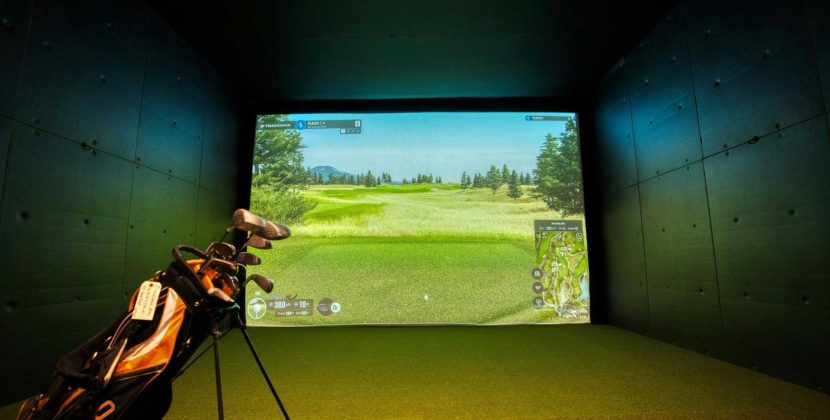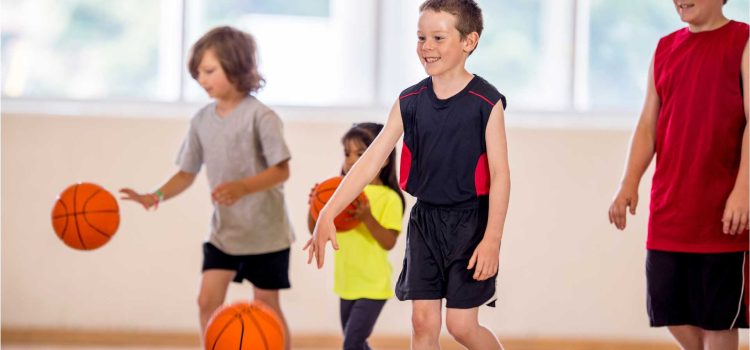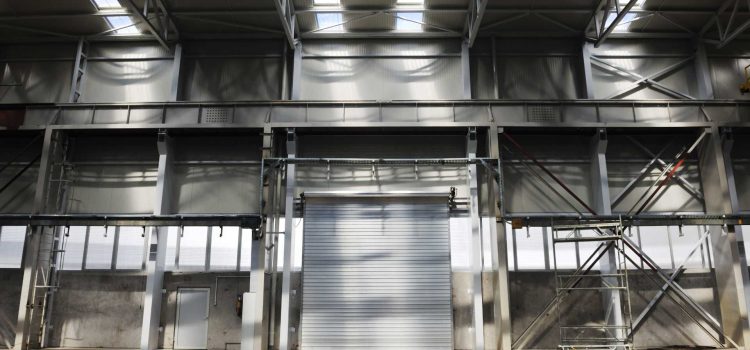
CoolSculpting has surged in popularity as a non-invasive alternative to traditional fat reduction procedures. However, with widespread attention comes a wave of misconceptions. Today, we’re setting the record straight by debunking the top five myths about CoolSculpting. Let’s dive in and separate fact from fiction, ensuring you have all the correct information to make an informed decision.
Myth 1: CoolSculpting Can Help You Lose Weight
One of the most common misunderstandings about CoolSculpting is that it serves as a weight-loss method. In reality, CoolSculpting is designed specifically for fat reduction, not weight loss. It targets stubborn fat cells in specific areas that don’t respond well to diet and exercise. The procedure reduces fat layers, enhancing body contour, but it doesn’t significantly affect the scale. An expert in dermatology might say, “CoolSculpting is excellent for shaping your body, but it’s not a substitute for traditional weight loss methods like diet and exercise.”
Myth 2: CoolSculpting Is Painful
The thought of freezing fat cells might sound painful, but CoolSculpting is generally associated with minimal discomfort. During the procedure, you may experience sensations of intense cold, tingling, and pulling in the treatment area. This usually subsides as the area becomes numb. Most patients find they can read, check emails, or even nap during their sessions. As one patient shared, “After the initial chill, it was easy to relax and let the machine do its work.”
Myth 3: CoolSculpting Results Are Immediate
Many people expect to see immediate results after their CoolSculpting session. However, the truth is that the effects unfold over time. After treatment, the body naturally processes and eliminates the targeted fat cells, a gradual effect that can take several weeks to become noticeable. The most dramatic results typically appear after two to three months. A helpful way to visualize this is through a timeline graphic in your consultant’s office, showing how your body changes from week to week.
Myth 4: CoolSculpting Is a One-Time Treatment
While some individuals may be satisfied with the results from a single CoolSculpting session, many achieve their desired outcomes through multiple treatments. The number of sessions needed varies depending on personal goals and the size of the area being treated. For example, larger areas might require several appointments to achieve optimal fat reduction. Highlighting a patient’s journey, such as Sarah’s, who saw significant improvements in her abdominal area after three sessions, can illustrate how results can vary.
Myth 5: CoolSculpting Can Be Done at Home
With the rise of DIY beauty treatments, there’s a growing myth that CoolSculpting can be done at home using homemade devices. This is not only incorrect but potentially dangerous. Professional CoolSculpting machines are precisely calibrated for safety and effectiveness, with sensors to monitor skin temperature and ensure even fat reduction. Attempting to replicate this process at home could lead to skin injuries and uneven results. Always seek treatment from a certified professional in a controlled environment.
The Real Scoop on CoolSculpting Myths
Understanding what CoolSculpting can and cannot offer is crucial for anyone considering this procedure. By dispelling these myths, we hope to provide clarity and help you make decisions based on facts rather than misconceptions. Remember, consulting with a certified specialist is the best way to learn how CoolSculpting can be tailored to meet your specific needs and expectations. Whether you’re looking to refine your silhouette or target those pesky love handles, CoolSculpting might be the solution you’ve been searching for – provided you go in with the right information.




















